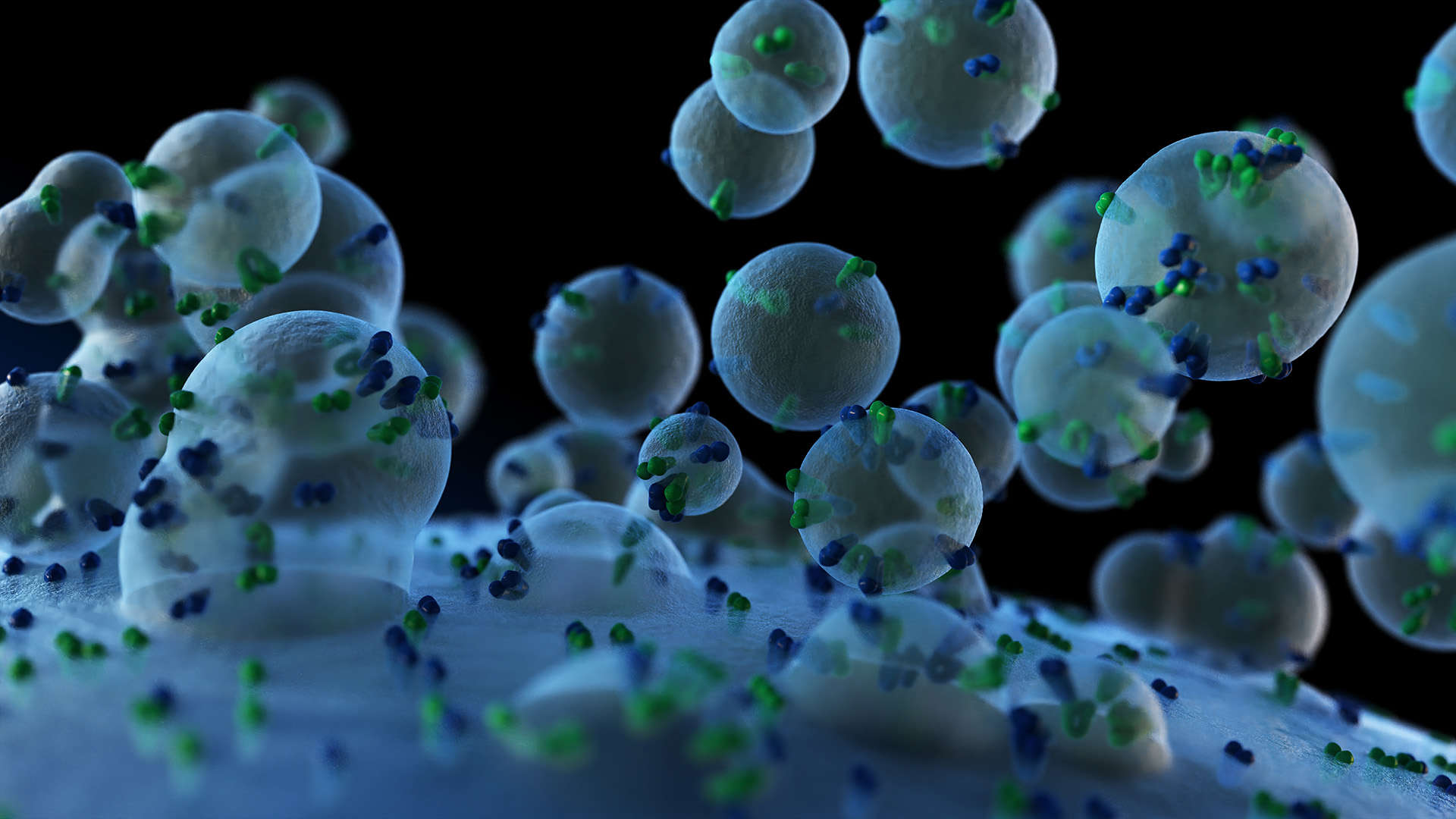Subcellular Structures Protein Identification
Online InquiryWith an advanced mass spectrometry platform and extensive experience in protein identification, Creative Proteomics can provide you with a full range of protein identification services, down to the subcellular structure level. Understanding all protein components of a specific subcellular component facilitates the specific study of structure-function units.
Advantages of Organelles and Subcellular Structures Protein Identification Services:
- Rich proteomics experience. The company has been engaged in proteomics related services for 16 years.
- Professional Platforms. High-resolution Q Exactive Hybrid Quadrupole-Orbitrap mass spectrometer is available.
- Bioinformatics services. Our bioinformatics analysts can help you interpret the final data.
- Custom services. Based on your samples and requirements, customized solutions can be customized for you.
Methods of Organelles and Subcellular Structures Protein Identification:
In combination with our mass spectrometry platform, we can use a variety of techniques to identify subcellular component proteins.
1. Peptide Mass Fingerprinting Protein Identification Service
Analytical techniques for identifying unknown proteins to determine the quality of peptides. The results were obtained by comparing the determined peptide mass with a database of theoretical peptide masses for all known protein sequences.
2. Shotgun Protein Identification Service
Multiple proteins can be identified simultaneously. The peptides were separated by high performance liquid chromatography, and then combined with tandem mass spectrometry for peptide sequence analysis.
3. Top-Down Mass Spectrometry Service
Top-down mass spectrometry does not require enzymatic hydrolysis and can identify intact proteins. This method has higher sequence coverage and is helpful for protein post-translational modification analysis.
Sample Requirements
Protein sample in solution or gel form. 100 µg; 2 µg/ µL or above. Minimum sample volume: 10 µL.
Delivery
Experimental steps, related MS parameters, mass spectrogram, raw data, identified sample analysis report. Reports are available in Excel or PDF format and RAW files are available on request.
Turnaround Time
Typical 1-4 weeks from sample QC acceptance to data report delivery.
* For Research Use Only. Not for use in diagnostic procedures.



